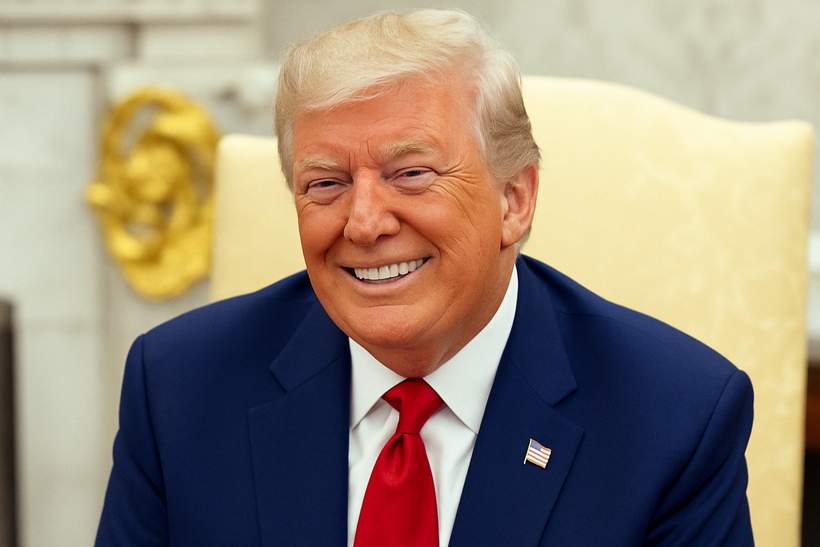Trump’s Proposed Resumption of Nuclear Testing Near Las Vegas Faces Strong Opposition

Nevada Officials Reject Plans to Restart Nuclear Testing
Officials in Nevada have firmly opposed any proposals to resume nuclear tests in the vicinity of Las Vegas. They argue that these tests are unnecessary and could ignite a fresh arms race. This opposition came in response to President Donald Trump’s recent announcement expressing his intention to immediately restart nuclear weapons testing, coinciding with his meeting with Chinese President Xi Jinping.
Political Reaction to Trump’s Nuclear Testing Proposal
President Trump declared on his social media platform that, due to other nations conducting nuclear tests, he has instructed the Department of Defense to commence testing America’s nuclear arsenal to maintain parity. He emphasized that the United States possesses the largest nuclear stockpile, followed by Russia and a significantly smaller arsenal in China. He also pointed out that the U.S. has not performed a test since 1992.
The proposal faced swift and vocal opposition from Nevada politicians. Representative Dina Titus vowed to introduce legislation to halt such testing. Senator Jacky Rosen described the prospect of restarting nuclear tests as both devastating and catastrophic, pledging to use all her influence to prevent it and protect the residents of Nevada.
Representative Steven Horsford, whose district covers the Nevada National Security Site, highlighted Nevada’s longstanding contributions and sacrifices related to nuclear weapons. He argued that resuming full-scale nuclear tests ignores the serious and lasting effects already endured by the region’s communities. Horsford also stated that the current use of subcritical tests and advanced computer simulations provides sufficient data, making full-scale testing unnecessary.
Historical Context of Nuclear Testing in Las Vegas
The Nevada National Security Site, formerly known as the Nevada Test Site until 2010, is located about 65 miles northwest of Las Vegas in southeastern Nye County. This Department of Energy-managed area spans roughly 1,350 square miles of desert and mountainous terrain and includes approximately 1,100 buildings across 28 designated testing areas. The infrastructure also features an extensive network of paved and unpaved roads, heliports, and airstrips.
The site hosted its first nuclear detonation in January 1951, initiating a series of atmospheric nuclear tests that became a unique spectacle for Las Vegas tourists who gathered at local bars and hotels to witness the atomic explosions. These above-ground tests ended with the 1963 Partial Test Ban Treaty, though underground testing continued until 1992.
These nuclear detonations caused substantial radiation contamination in parts of the site, with fallout exposure linked to increased cancer rates and other health issues among workers and nearby residents. Surrounding areas, including Las Vegas and states downwind like Utah, experienced radiological fallout carried by prevailing winds, contributing to heightened cancer incidences as noted in a 1984 medical study.
Public opposition to nuclear tests at this location has a long history. Records show that the site has been the focus of 536 publicized anti-nuclear protests with a total participation of over 37,000 people, and more than 15,000 arrests were made during these demonstrations.